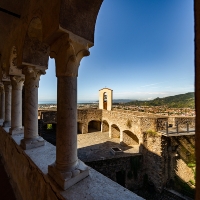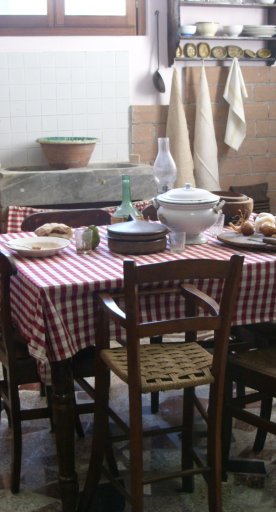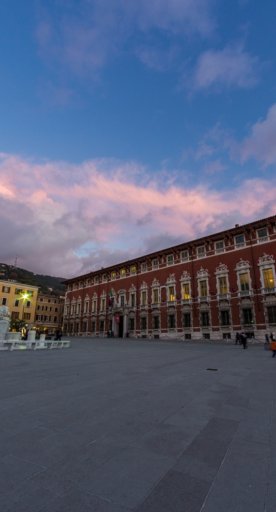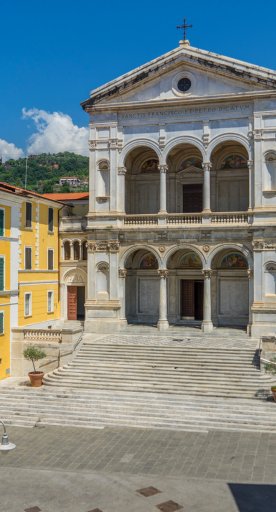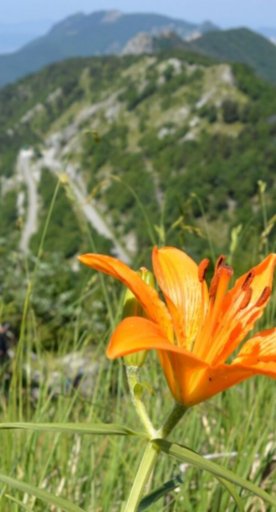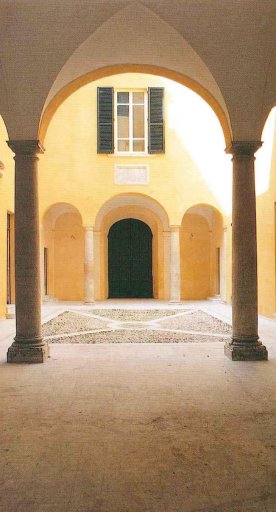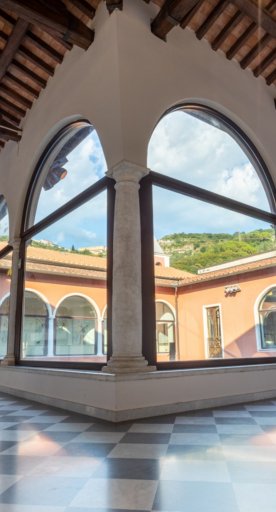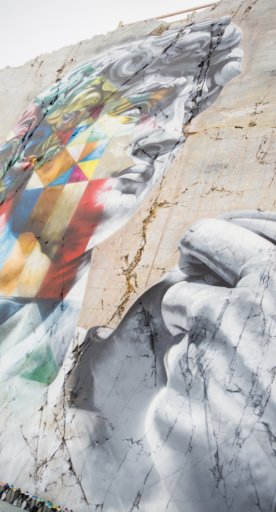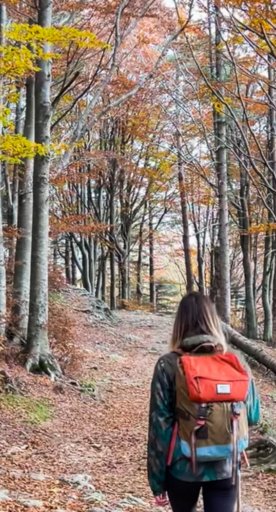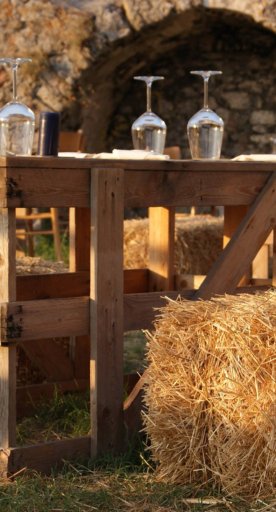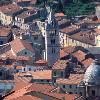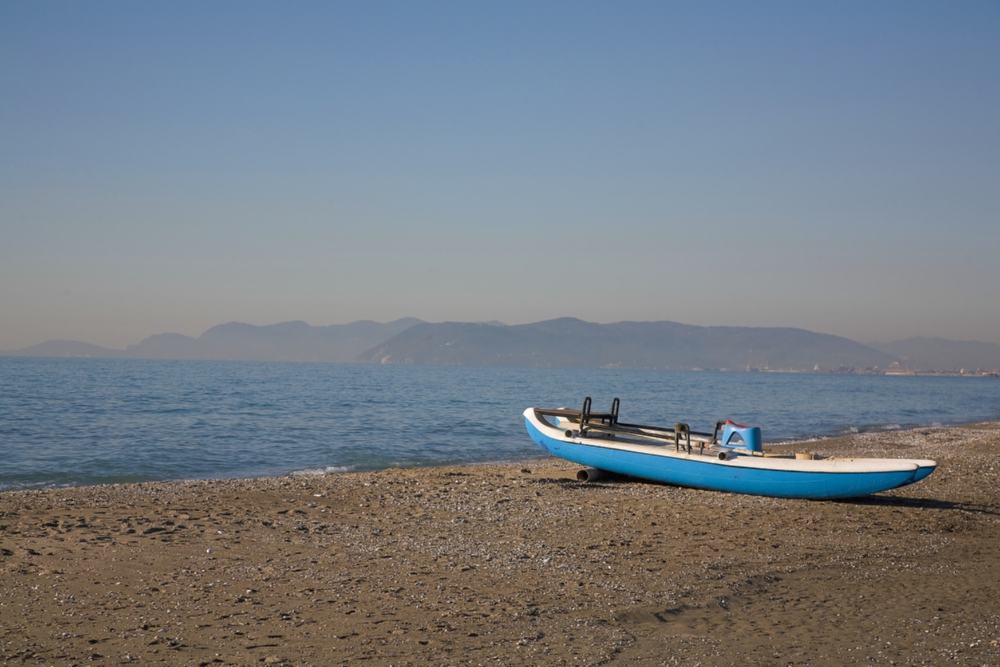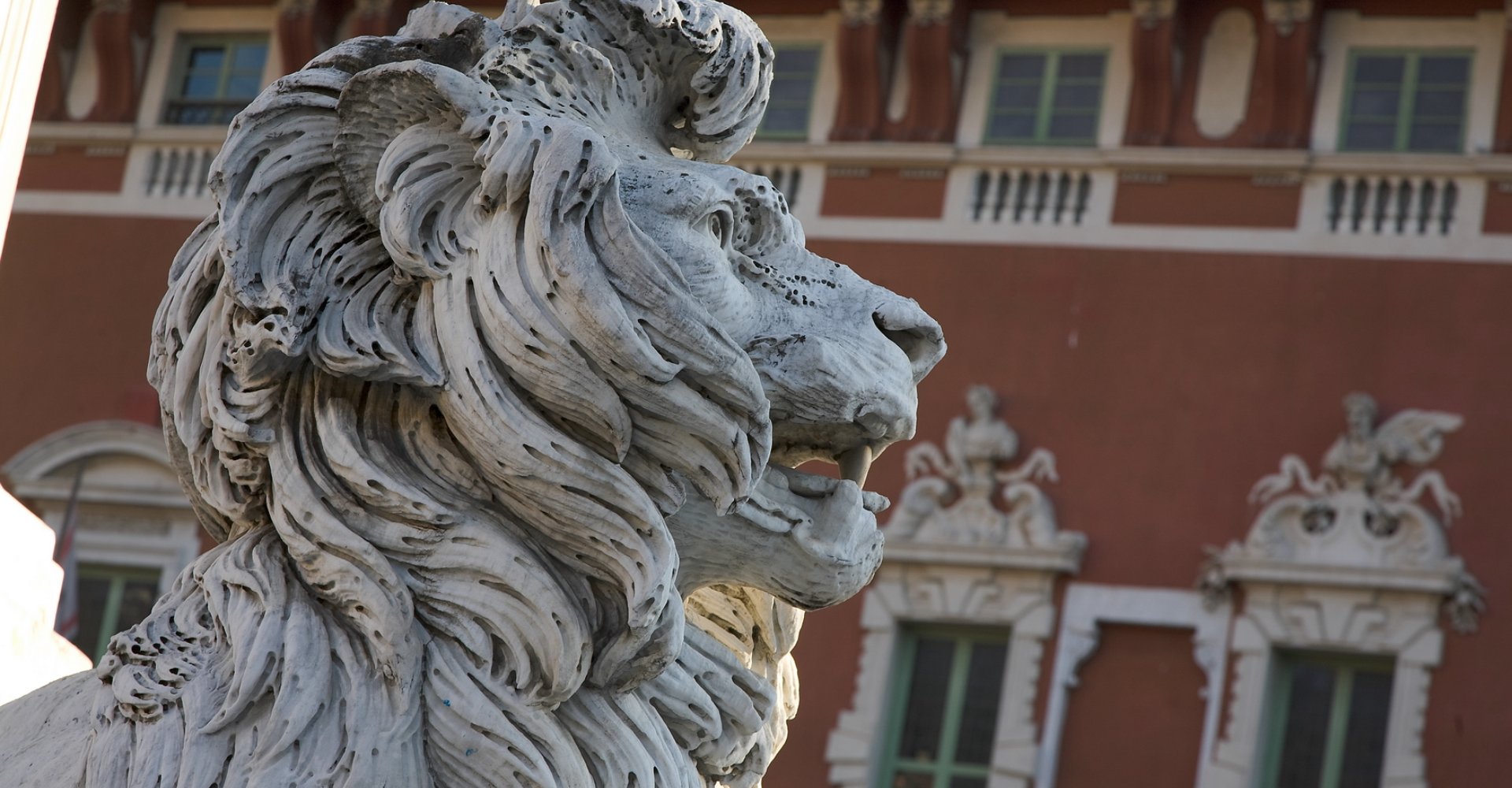
Massa
A city rich in history and culture, facing the sea and flanked by the Apuan Alps
Perhaps less well known than it deserves, Massa is an ancient city where you feel that you're breathing a medieval air. Nestled in a natural bowl among the Apuan Alps, the city, which is believed to date back to 882 AD, is a bewitching treasure trove of art and architecture. The document that attests to the city's foundation mentions two dwelling centres: the first, "Borgo Bagnara", corresponds to the current Piazza Aranci, while the second, named as "curtis Quarantula", has been identified as the area around the Malaspina Castle. Important urban developments took place in the early nineteenth century under Elisa Baciocchi, Napoleon's sister and Grand Duchess of Tuscany.
What to see in Massa
Among the must-see sites in the city center are the imposing Palazzo Ducale (or Palazzo Rosso) in Piazza degli Aranci, and the Diocesan Museum - housed in the "Palazzino dei Cadetti" - built at the end of the sixteenth century by Alberico I Cybo Malaspina. Here, you can admire works that represent the artistic and religious history of the city, including a triptych by Bernardino del Castelletto, the crowning jewel of the Cathedral, and other expressions of popular devotion by artists such as Jacopo della Quercia and Felice Palma.
Don't miss the Cathedral of the Saints Peter and Francis, built upon the request of the Marquis Jacopo Malaspina in the mid-fifteenth century.
Lovers of modern and contemporary architecture can admire the church of San Sebastiano, continuing on to visit the Guglielmi Theater, built in 1880 and the historic Church of the Misericordia, built in 1629. Finally, you will find the Malaspina Castle, a real fortress from which you can enjoy one of the most beautiful views of the city, the Apuan Alps and the Riviera.
Among the must-see sites in the city center are the imposing Palazzo Ducale (or Palazzo Rosso) in Piazza degli Aranci, and the Diocesan Museum - housed in the "Palazzino dei Cadetti" - built at the end of the sixteenth century by Alberico I Cybo Malaspina. Here, you can admire works that represent the artistic and religious history of the city, including a triptych by Bernardino del Castelletto, the crowning jewel of the Cathedral, and other expressions of popular devotion by artists such as Jacopo della Quercia and Felice Palma.
Don't miss the Cathedral of the Saints Peter and Francis, built upon the request of the Marquis Jacopo Malaspina in the mid-fifteenth century.
Lovers of modern and contemporary architecture can admire the church of San Sebastiano, continuing on to visit the Guglielmi Theater, built in 1880 and the historic Church of the Misericordia, built in 1629. Finally, you will find the Malaspina Castle, a real fortress from which you can enjoy one of the most beautiful views of the city, the Apuan Alps and the Riviera.
Nearby
Massa is located a few kilometers from Carrara, the "capital" of marble, already known in Roman times. Here you can find the imposing quarries that have fascinated and seduced the greatest artists of all time, including Michelangelo Buonarroti.
While in the Massa area, make sure to stop in one of its most significant hamlets: Marina di Massa, a renowned seaside resort of the Apuan Riviera and an important tourist destination. In the summer, its numerous establishments (some of which are centuries-old), clubs, discos and many tourist services make it one of the most attractive destinations on the northern Tuscan coast.
Massa is located a few kilometers from Carrara, the "capital" of marble, already known in Roman times. Here you can find the imposing quarries that have fascinated and seduced the greatest artists of all time, including Michelangelo Buonarroti.
While in the Massa area, make sure to stop in one of its most significant hamlets: Marina di Massa, a renowned seaside resort of the Apuan Riviera and an important tourist destination. In the summer, its numerous establishments (some of which are centuries-old), clubs, discos and many tourist services make it one of the most attractive destinations on the northern Tuscan coast.
Events
The Feast of St. Francis of Assisi, patron saint of Massa, is one of the most loved events in the city. On October 4, in addition to the traditional liturgical celebrations, the streets come alive with stalls and visitors.
In Antona, a hamlet of Massa, the Sagra del Neccio takes place in August to pay homage to the ritual of harvesting chestnuts. For the occasion, you can taste local culinary specialties and you enjoy taking part in group dances and songs.
The Feast of St. Francis of Assisi, patron saint of Massa, is one of the most loved events in the city. On October 4, in addition to the traditional liturgical celebrations, the streets come alive with stalls and visitors.
In Antona, a hamlet of Massa, the Sagra del Neccio takes place in August to pay homage to the ritual of harvesting chestnuts. For the occasion, you can taste local culinary specialties and you enjoy taking part in group dances and songs.
Typical dishes and products
There are many typical Massesi recipes, starting with the famous Torta di Riso, a symbol of local cuisine and prepared during the Easter period. The tordelli are also excellent, considered a dish to be consumed on feast days. You must taste Torta d’Erbi (cake made with local aromatic herbs), chestnuts and pecorino (produced by the Massese sheep) and don't forget a good glass of Candia wine from the Apuan Hills.
There are many typical Massesi recipes, starting with the famous Torta di Riso, a symbol of local cuisine and prepared during the Easter period. The tordelli are also excellent, considered a dish to be consumed on feast days. You must taste Torta d’Erbi (cake made with local aromatic herbs), chestnuts and pecorino (produced by the Massese sheep) and don't forget a good glass of Candia wine from the Apuan Hills.
What’s nearby?
Apuan Riviera
